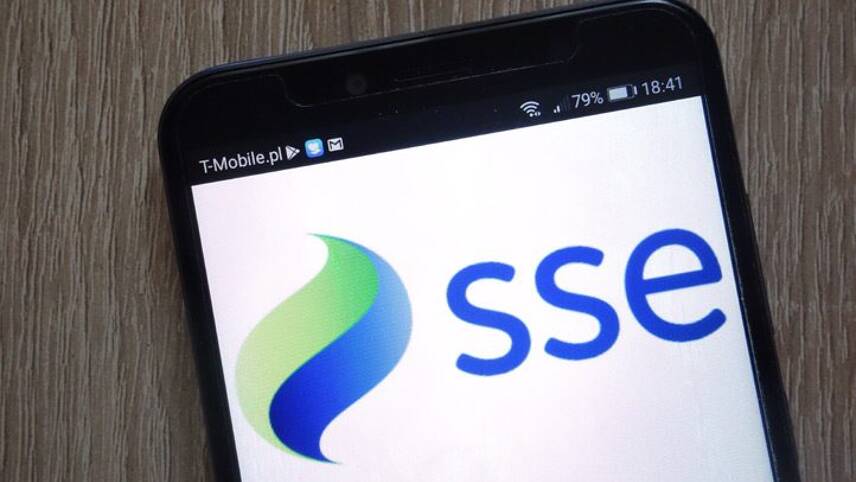Register for free and continue reading
Join our growing army of changemakers and get unlimited access to our premium content

SSE intends to spend the equivalent of almost £4m a day on low-carbon activities through to the end of 2025
SSE’s new Just Transition Plan outlines 20 principles that the company will follow to ensure that all communities benefit from the journey to net-zero. SSE is prioritising good green jobs, consumer fairness, building and operating new assets, looking after people in high-carbon jobs and supporting communities as the five key pillars that will be crucial to delivering a just transition.
Specific targets include guaranteed fair pay and decent work and boosting diversity and inclusion. SSE will also support competitive domestic supply chains and set new social safeguards.
Research suggests that the UK is not on track to deliver on this mission. One study by Imperial College London found that the UK’s current green policy frameworks could create a “two-tier” economy, with regions such as the North of England and East Midlands not receiving the financial and social benefits of the low-carbon transition in the way that London and the South East are. At present, two-thirds of jobs in the low-carbon industries are estimated to be based in London and the South East.
SSE’s Chief Sustainability Officer, Rachel McEwen, said: “The transition to net-zero will be transformational and there are fantastic opportunities to clean up our energy systems and generate economic prosperity.
“The rapid move towards net-zero brings a risk that some people are left behind – perhaps those without opportunity to reskill into the low-carbon industries or unable to access the benefits of the new energy system. We are clear that it is in everyone’s interests that fairness is baked into net-zero transition plans. We are equally clear that companies like SSE, have a role to play. With considered intervention through advocacy, partnership action and thoughtful policies and practice, SSE can help bring about positive social consequences and contribute to a just transition to net-zero.”
In June, SSE revealed it would spend more than £7bn on clean energy initiatives over the next five years, in a bid to spur a green UK recovery from Covid-19 and to meet its new, stronger climate targets.
SSE intends to spend the equivalent of almost £4m a day on low-carbon activities through to the end of 2025, including major new renewable generation facilities, energy storage and upskilling.
Projects already confirmed include the Viking windfarm, a 103-turbine onshore facility that is under development on the Shetland Islands. SSE is investing £580m in the project and plans for it to come online in 2024.
The firm has increased its climate targets in light of the UK’s decision to legislate for net-zero by 2050. A target of reducing the carbon intensity of electricity generated by 60% by 2030, against a 2018 baseline, has been set. The previous target was a 50% reduction within the same timeframe.
In order to support this ambition, SSE will reduce its absolute Scope 1 (direct) and Scope 2 (power-related) emissions by 40% by 2030 and halve emissions generated by its products at the use stage by 2034. All of SSE’s new emissions goals have been approved by the Science-Based Targets Initiative (SBTi) as aligned with the Paris Agreement’s ‘well below 2C’ pathway.
Matt Mace


Please login or Register to leave a comment.